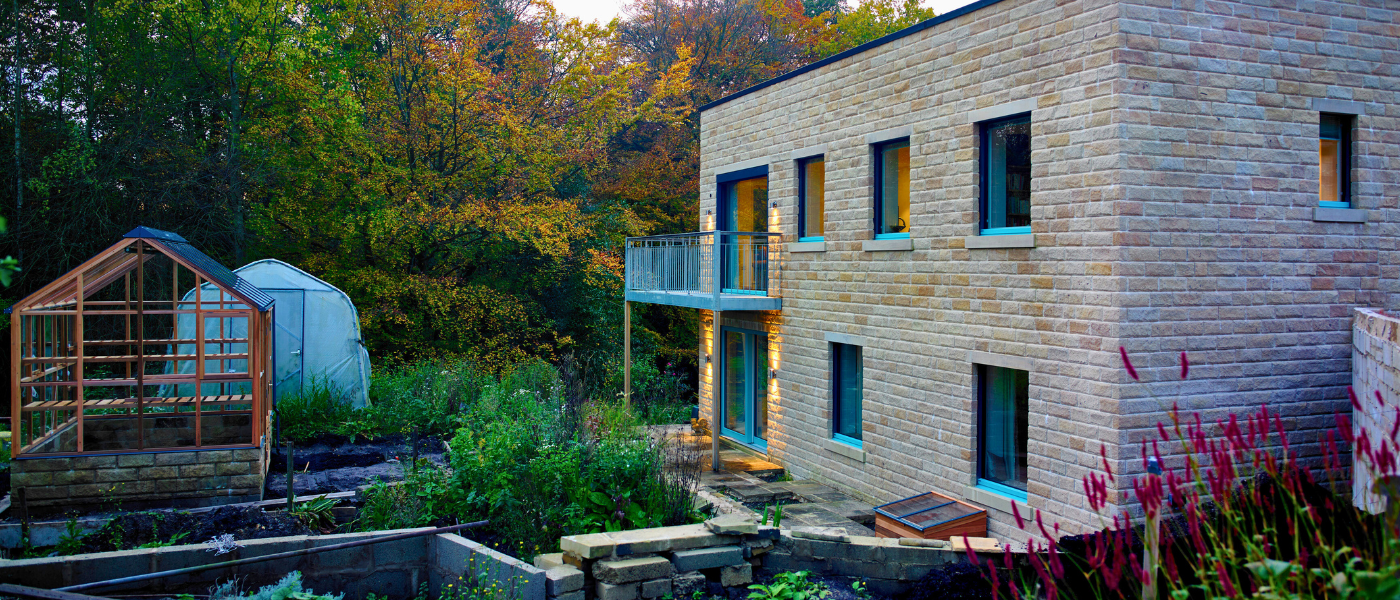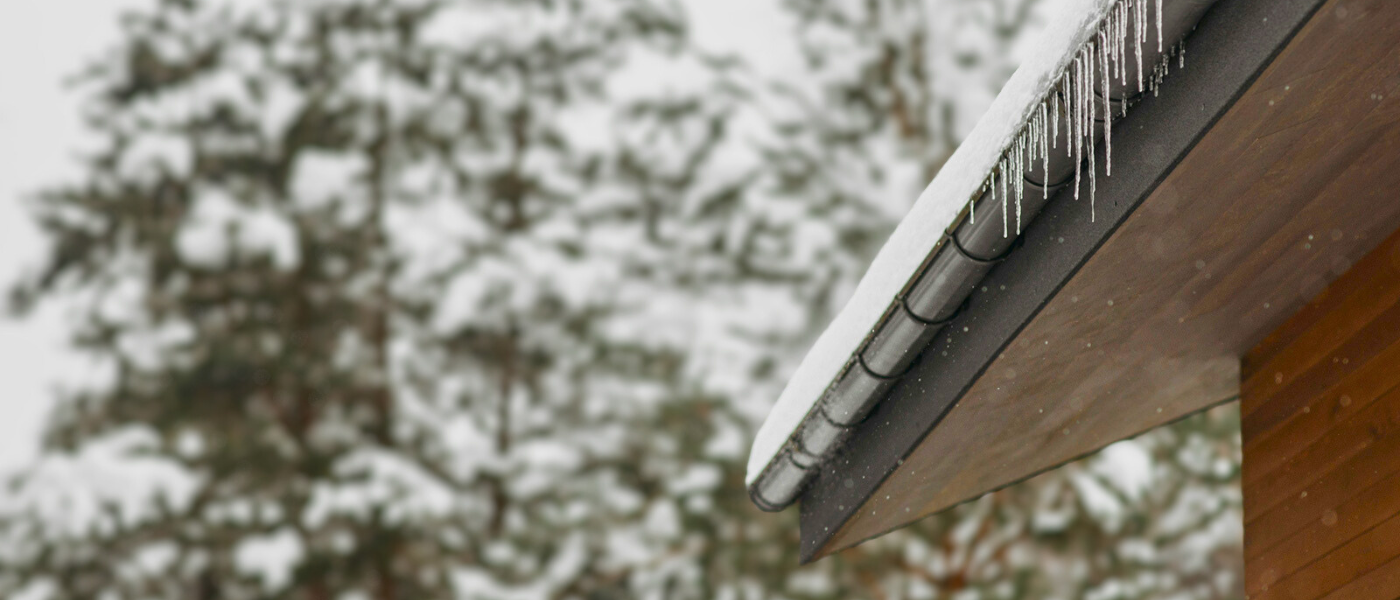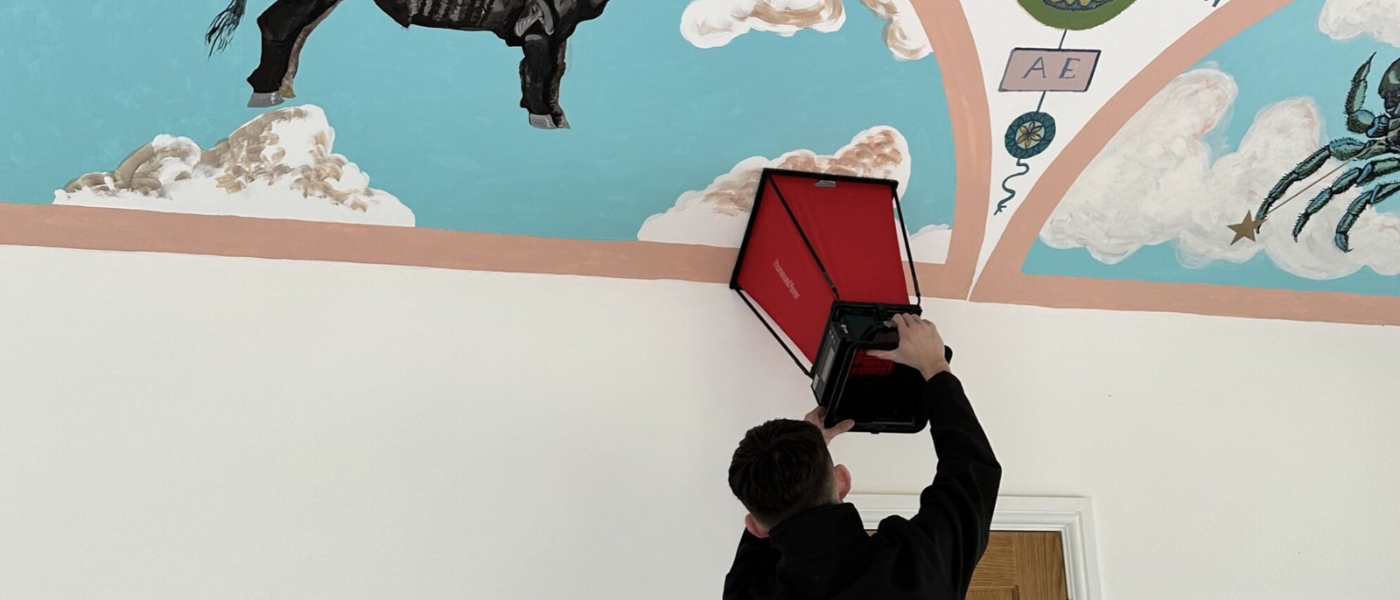MVHR systems provide a continuous supply of fresh, filtered air throughout your home while recovering heat from the outgoing stale air.
At the same time, they recover heat from the warm, stale air being extracted and use it to pre-warm the fresh air coming in. This process happens through a heat exchanger and can achieve up to 93% efficiency.
By maintaining a steady indoor temperature -regardless of the weather outside - MVHR works especially well when combined with a well-insulated building design. The result is a more energy-efficient home with improved air quality, reduced pollutants, and greater overall comfort.
Key benefits include:-
* Consistently comfortable indoor temperatures year-round
* Cleaner, healthier air with reduced indoor pollutants
* Lower energy bills thanks to heat recovery
* Ideal compatibility with airtight, well-insulated buildings.

























